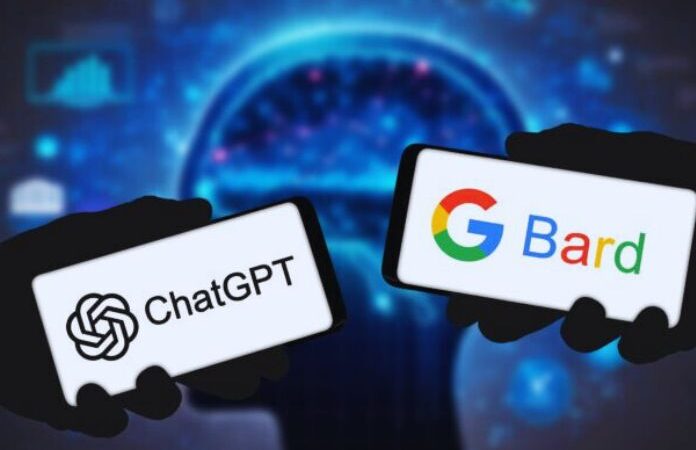Digital Selling: Some Industry Best Practices

Table of Contents
Identifying SMART Goals
Having a vision is profoundly different from having a goal. They are two other concepts that are equally indispensable but perform separate functions within the strategy. If the image is perpetually in place, it must be bold and long-term; the goal is a metric outcome, something you can check off the list once you get it. Therefore, in addition to being short-term, short, measurable, achievable, realistic, and timely.
However, it is worth remembering that bold goals can inspire people and teams to achieve projects they never thought possible, but mundane purposes can discourage the commitment and seriousness required by the vision. Ensuring that those involved are thoroughly convinced of what is possible is essential.
Only in this way, as the processes and contents are put in place, and the technologies are implemented, will we understand the new baseline that will lead to future objectives. Objectives that will look (and guide) towards a great and unique vision.
Creating A Professional Brand On LinkedIn
For a successful digital selling strategy, every sales team member must have a convincing and professional LinkedIn profile. The first step, as suggested by the LinkedIn guide designed to generate optimal profiles suitable for social selling, consists of creating a professional brand. In this case, we mean the percentage of completion of the LinkedIn profile.
The latter must guarantee understanding of all the information considered relevant to the user at a glance. Therefore, it must include a presentation, external links, and possibly external support for the experiences. Furthermore, the profile requires updates and dynamism; it is essential to maintain constant publications and high-quality content.
Build Relevant Relationships
Relationships represent a source of wealth and invaluable value for digital selling. 1-to-1 relationships arise from the network, which can transform into B2B. This is why establishing connections is essential, not passively increasing your contact list. We must remember that the purpose of the network is to produce job opportunities and, therefore, to find potential buyers for its products or services. It follows that the network of ties must be increased with people genuinely interested in what you offer.
This involves identifying leading experts in the relevant professional field, connecting with current and past partners, and determining the level at which connection requests are accepted. Furthermore, we must always keep in mind that although the number of connections and the percentage of acceptance of requests are determining factors, upstream, we should ask ourselves whether the searches carried out are targeted, if third-degree links are identified and if the number of daily visits is monitored.
Engagement And MQL Involvement
Once identified, key contacts, better defined as Marketing Qualified Leads (MQL), must interact with the brand. The marketing team must listen to, cultivate, and stimulate them; it must notice purchasing signals and respond to them promptly. Regarding involvement, it is essential to consider that each user follows profiles that can provide value and, therefore, have something to teach. For this reason, it is advisable to write educational content and share sector insights to be recognized as authoritative sources. Producing content relevant to your target to attract MQLs often coincides with formulating ad hoc content for the consumer.
Digital Selling In The B2B And B2C Sector
Digital Selling at the service of B2B and B2C allows you to create relationships capable of effectively driving sales, achieving a common objective and giving leads and prospects a joint, integrated and coherent response. As? By overseeing all phases of the Buyer’s Journey, i.e. the journey that a person takes in the digital world before arriving at the purchase, sales can direct this path and generate new opportunities to support the business.
How? An orderly planning of communication steps must include the involvement of the marketing team, holders of brand knowledge and responsibility for the primary communication actions. The alignment between the sales and marketing departments has a precise name: marketing. Defining a smarketing strategy means putting the seller in the best conditions to sell: thanks to the sharing of valuable content and information consistent with the needs of his target, the commercial figure is put in a position to interact with the user right from the start. The first phase is to increase their awareness regarding the solutions and services offered by their company.
This approach is valid both in the B2B and B2C worlds: putting the potential customer at the center and providing concrete answers to their needs throughout the buyer’s journey is essential. Understanding users’ needs and being in the right place at the right time, just when they are looking for a solution to their problems and answers to their doubts, is essential for generating qualified leads and new business opportunities.
Also Read: Uninstall Chrome On Windows, Mac, Android, And iOS: Here’s How






